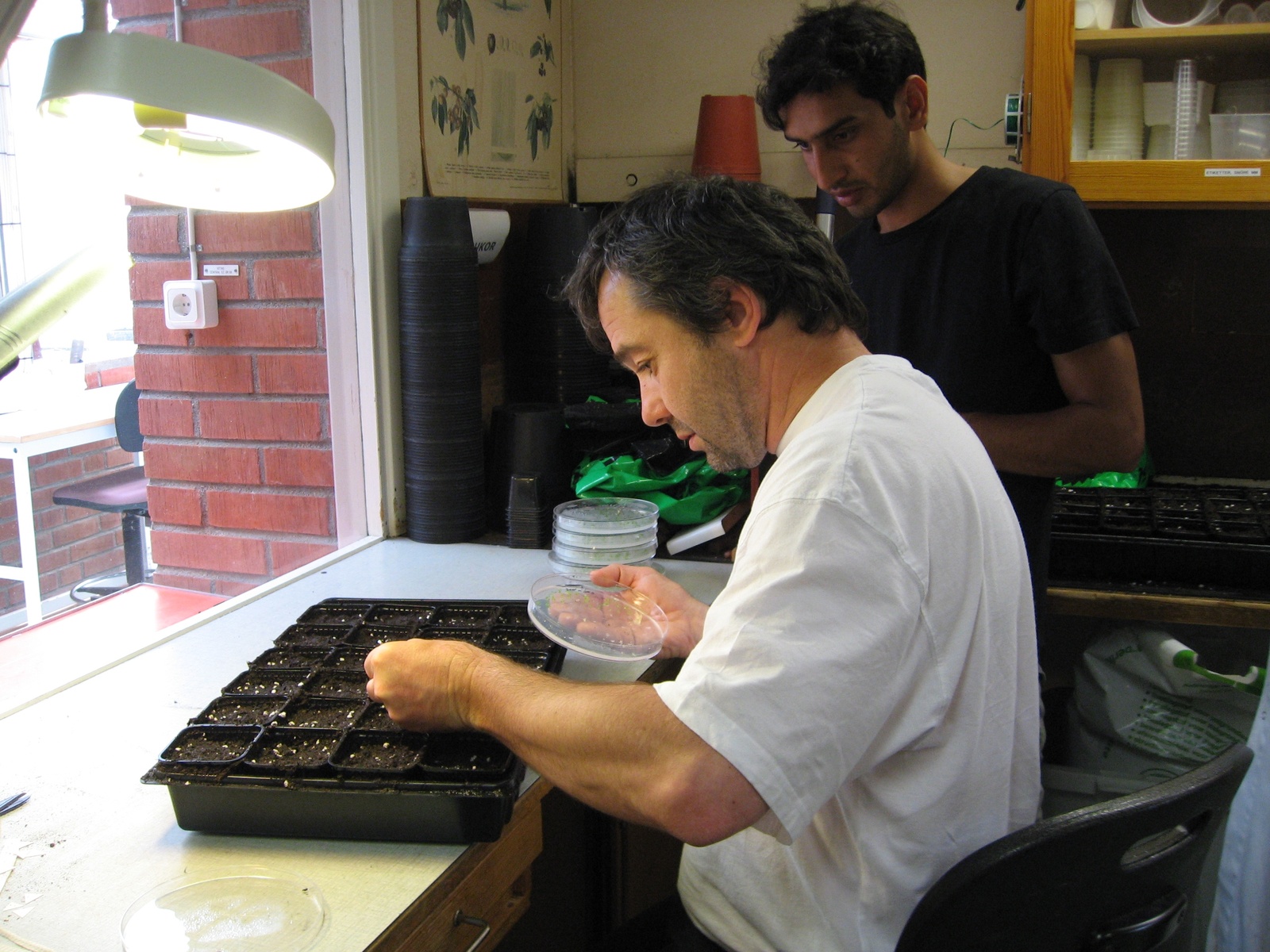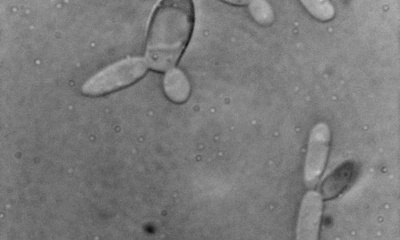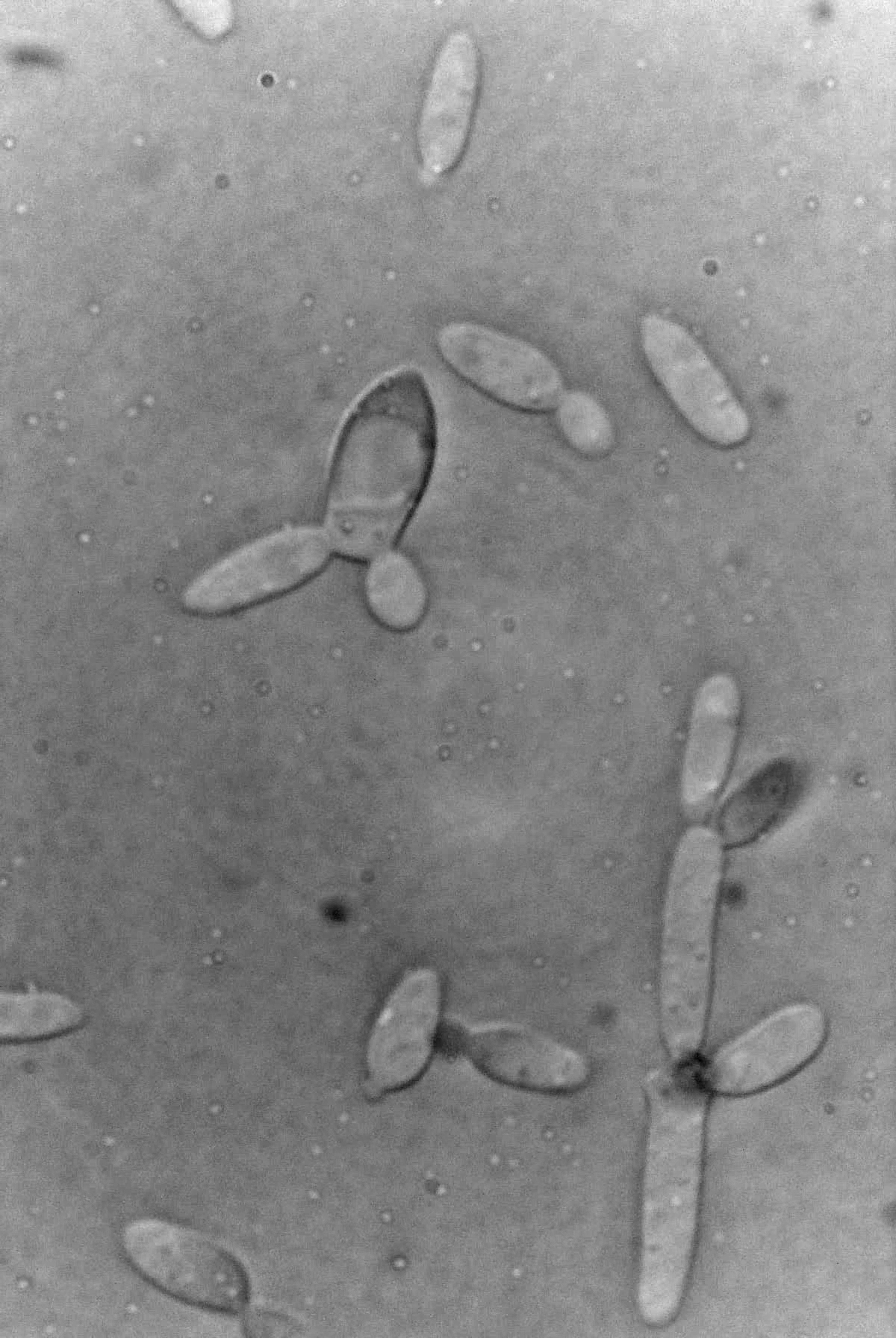Professor of molecular genetics at the University of Nova Gorica and in Lund University about wine yeasts that can reveal prehistoric microbial world
Professor of molecular genetics at the University of Nova Gorica and in Lund University (Sweden), Prof. Dr. Jure Piškur, has just recently published with his colleagues from the yeast molecular genetics group at the Lund University (Sweden) and their Milan collaborators an article about wine yeasts and their evolution in prestigious scientific journal Nature Communications.

When having a glass of wine or beer, have you ever thought why and how did yeast “learn” to produce these superb food products?
Yeasts are unicellular fungi and so far over 1.500 different species have been described. Among them are important industrial organisms, pathogens and model organisms which help us to understand how the eukaryotic cell works. However, one of the most known yeast characteristics is the ability of Saccharomyces cerevisiae, baker’s yeast, to ferment sugar to 2-carbon components, in particular ethanol, without completely oxidizing it to carbon dioxide, even in the presence of oxygen, as many other microbes do. This fermentative ability is essential for production of wine, beer and many other alcoholic beverages. Why do Saccharomyces yeasts actually do this and what were the driving forces behind evolution of this phenomenon?
The yeast molecular genetics group at the Lund University (Sweden) and their Milan collaborators have for several years tried to reconstruct the evolutionary history of ethanol production. In their recent paper published in Nature Communications they compared two wine yeasts, S. cerevisiae and Dekkera bruxellensis, which in nature often occupy a similar niche, using a variety of approaches including comparative genomics which could add the time dimension to their molecular reconstructions. The two studied yeasts are not very closely related and the two lineages separated more than 200 million years ago (mya). However, approximately 100 – 150 mya both yeasts experienced very similar environmental conditions, with sudden appearance of modern fruits containing high amounts of available sugars, and environmental pressures, such as fierce competition from other microbes. Both lineages independently and in parallel developed the ability to make and accumulate ethanol in the presence of oxygen, and resistance to high ethanol concentration, and have been using this ability as a weapon to out-compete other microbes which are very sensitive to ethanol. Surprisingly, both yeasts used the same molecular tool, global promoter rewiring, to change the regulation pattern of expression of hundreds of genes involved in sugar degradation.
“Our results now help to reconstruct the original environment and evolutionary trends that operated within the microbial community during the remote past” says Prof. Dr. Jure Piškur, who is a professor of molecular genetics in Lund and at the University of Nova Gorica (Slovenia). “In addition, we can now use the obtained knowledge to develop new yeast strains, which can be beneficial for wine and beer fermentations and in biofuel production.”
The full-text of the article is available at: http://www.nature.com/ncomms/journal/v2/n5/full/ncomms1305.html


